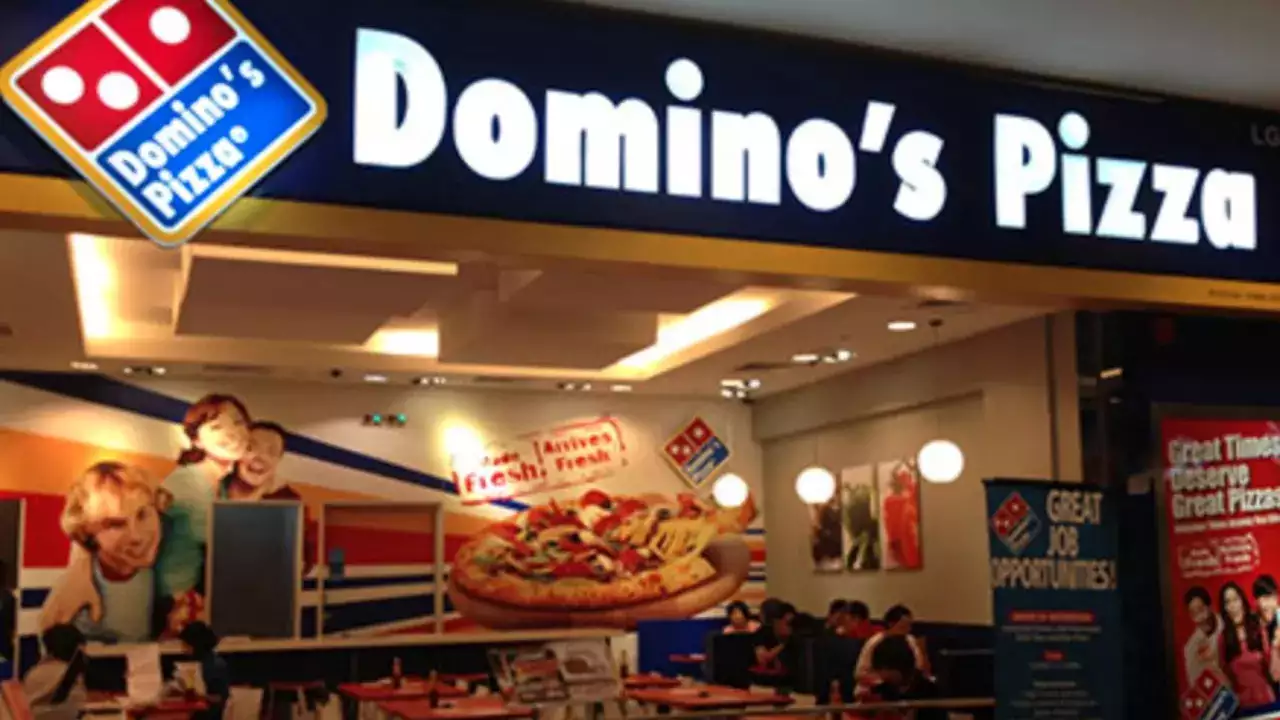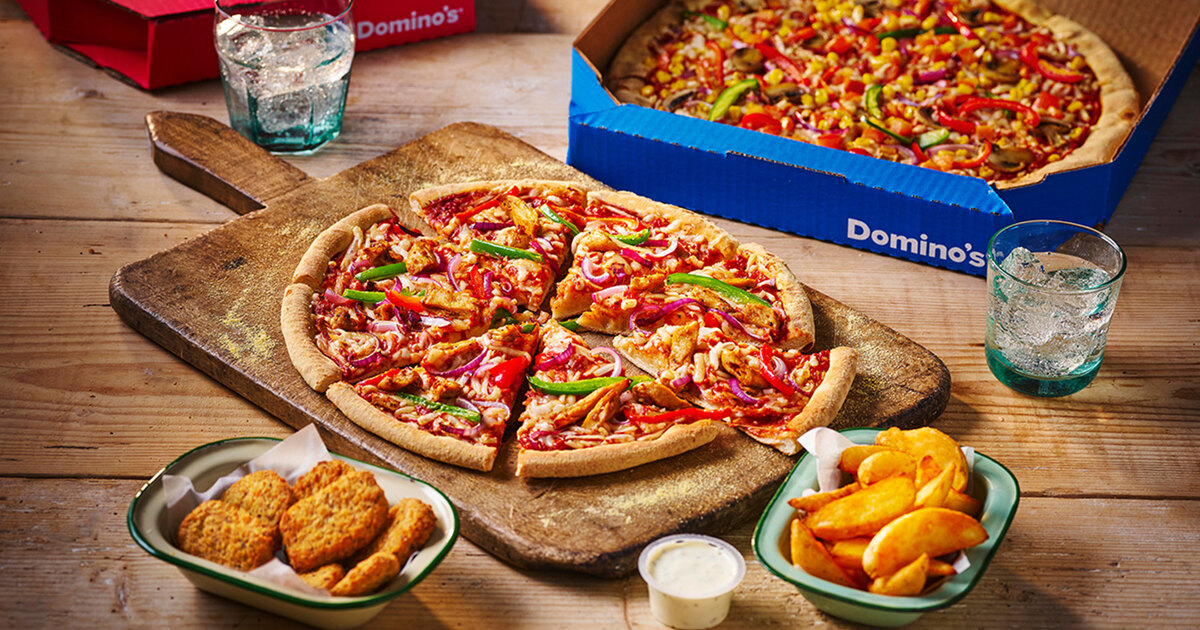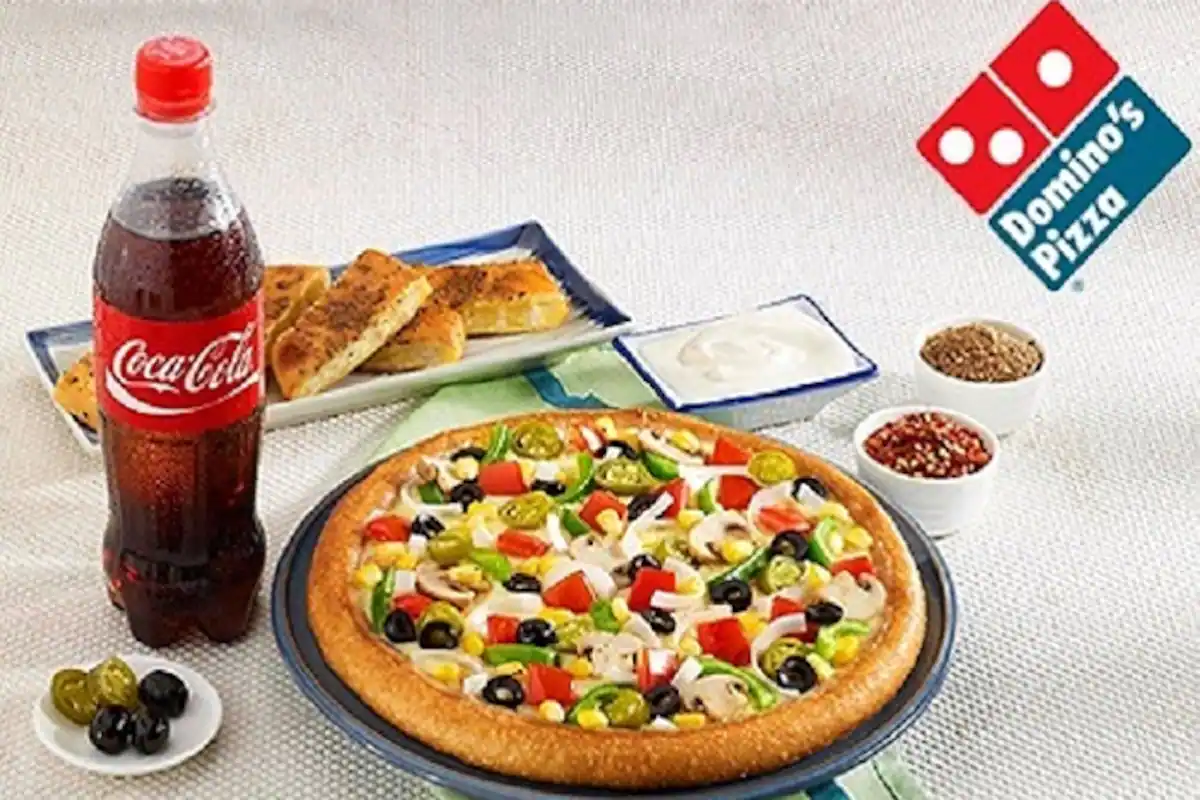Domino’s is a global fast-food pizza restaurant chain that was founded in 1960 in Ypsilanti, Michigan, USA. Today, the company operates more than 17,000 stores in over 90 countries, making it one of the largest pizza chains in the world. Domino‘s is known for its signature menu items such as hand-tossed pizzas, garlic bread, and a wide range of toppings, sauces, and crusts.
Over the years, Domino’s has become synonymous with innovative technology and customer service, with a focus on convenience and speed of delivery. The company has developed a range of digital and mobile ordering options that allow customers to place orders easily and track their delivery in real-time. Additionally, Domino’s has made significant investments in new technologies such as delivery drones, self-driving delivery vehicles, and artificial intelligence to improve its operations and customer experience.
Despite facing intense competition in the pizza industry, Domino’s has been able to grow and expand globally due to its ability to adapt and innovate. The company is committed to corporate social responsibility and has implemented initiatives related to sustainability, diversity and inclusion, and community involvement. Overall, Domino’s has become an iconic brand in the fast-food industry and a leader in the pizza market.
History and evolution of Domino’s
Domino’s was founded in 1960 by Tom Monaghan and his brother James in Ypsilanti, Michigan, USA. Originally, the company was called “Domino’s Pizza, Inc.” and had only one store. By 1965, Tom Monaghan had acquired full ownership of the company and began to expand rapidly, opening new stores across Michigan.
In 1967, the first Domino’s franchise store opened in Ypsilanti, marking the beginning of the company’s franchise program. Over the next few years, the company continued to grow, with stores opening in other states such as Ohio, Indiana, and Arizona. In the 1970s, the company’s growth accelerated even further, with the opening of the first international store in Winnipeg, Canada in 1983.
One of the key factors in Domino’s success was its focus on fast delivery times. In the early days of the company, Tom Monaghan implemented a policy of “30 minutes or less” for delivery times, which became a major selling point for the company. The company’s commitment to fast and reliable delivery was further strengthened with the launch of its innovative “Pizza Tracker” system, which allowed customers to track their delivery in real-time.
In the 1990s, Domino’s continued to expand its menu and offerings, introducing new items such as deep dish pizzas and specialty pizzas. The company also made significant investments in technology and innovation, launching its first website in 1996 and introducing online ordering in 2007.
Today, Domino’s operates over 17,000 stores in more than 90 countries, making it one of the largest pizza chains in the world. The company continues to focus on innovation and technology, developing new initiatives such as delivery drones, self-driving delivery vehicles, and AI-powered ordering systems. Despite facing intense competition in the pizza industry, Domino’s has been able to maintain its position as a leader in the market through its commitment to quality, speed, and innovation.
Menu and nutritional information
Domino’s menu includes a wide variety of pizza options, including hand-tossed, thin crust, and Brooklyn-style crusts, as well as a range of toppings and sauces. In addition to pizza, the menu also includes sides such as chicken wings, breadsticks, and salads, as well as desserts and beverages.
The nutritional information for Domino’s menu items can vary depending on the size, crust, and toppings of the pizza, as well as the sides and desserts. Customers can access nutritional information for Domino’s menu items through the company’s website or mobile app, where they can view calorie, fat, protein, and carbohydrate content for each item.
Domino’s also offers a range of options for customers with specific dietary needs, such as gluten-free crusts and vegetarian and vegan toppings. Customers can customize their pizzas to fit their dietary requirements and preferences using the company’s online ordering system.
Overall, while Domino’s menu items can vary in nutritional value, the company offers a range of options to cater to different dietary needs and preferences. Customers can access nutritional information and customize their orders to fit their individual requirements.
Competition in the pizza industry
The pizza industry is highly competitive, with several major players vying for market share. Some of the main competitors of Domino‘s include Pizza Hut, Papa John’s, Little Caesars, and Papa Murphy’s.
Each of these competitors has its own unique strengths and weaknesses. For example, Pizza Hut has a wider menu than Domino’s, offering pasta dishes, salads, and desserts in addition to pizza. Papa John’s focuses on using high-quality ingredients and has a strong brand reputation. Little Caesars is known for its affordable prices and quick service, while Papa Murphy’s offers take-and-bake pizzas that customers can cook at home.
In addition to these major players, there are also many smaller and regional pizza chains that compete in the industry. These competitors often focus on providing a unique and localized experience to differentiate themselves from the larger chains.
To stay competitive in the industry, pizza chains must constantly innovate and adapt to changing consumer preferences and trends. This includes developing new menu items, investing in technology and digital ordering options, and providing excellent customer service. While competition in the pizza industry is fierce, there is still room for growth and expansion for companies that can effectively differentiate themselves and meet the evolving needs of customers.
Future of Domino’s:
The future of Domino’s looks bright, as the company has demonstrated a strong ability to adapt and innovate in response to changing consumer preferences and technological advancements.
One area where Domino’s is likely to continue to invest in the future is in technology and digital ordering options. The company has already made significant investments in this area, developing its own mobile app, online ordering system, and the popular “Pizza Tracker” system, which allows customers to track their delivery in real-time. In the future, we can expect Domino’s to continue to explore new technologies and digital innovations to enhance the customer experience and improve its operations.
Another area where Domino’s is likely to continue to grow is in international markets. The company has already expanded to over 90 countries, and there is still significant potential for growth in emerging markets. To support this growth, Domino’s will need to continue to adapt its menu and operations to meet local tastes and preferences while maintaining its core brand values.
Finally, Domino’s is likely to continue to focus on sustainability and social responsibility in the future. The company has already made commitments to sourcing sustainable ingredients and reducing its environmental footprint, and we can expect to see further efforts in this area going forward.
Overall, the future of Domino’s is likely to be characterized by continued innovation, international expansion, and a strong commitment to sustainability and social responsibility.
Conclusion
In conclusion, Domino’s is a well-known and successful pizza chain that has evolved over the years to meet changing consumer preferences and technological advancements. Its strong focus on franchising has allowed the company to expand rapidly while keeping costs low. With its innovative digital ordering options, international expansion, and commitment to sustainability and social responsibility, the future looks bright for Domino‘s. However, the highly competitive pizza industry means that the company will need to continue to adapt and innovate in order to stay ahead of its competitors and meet the evolving needs of its customers.

















